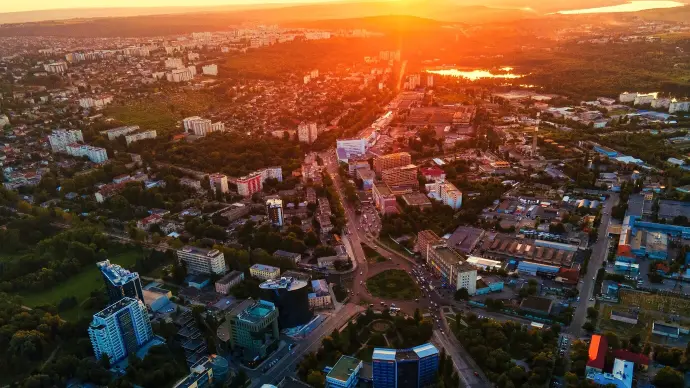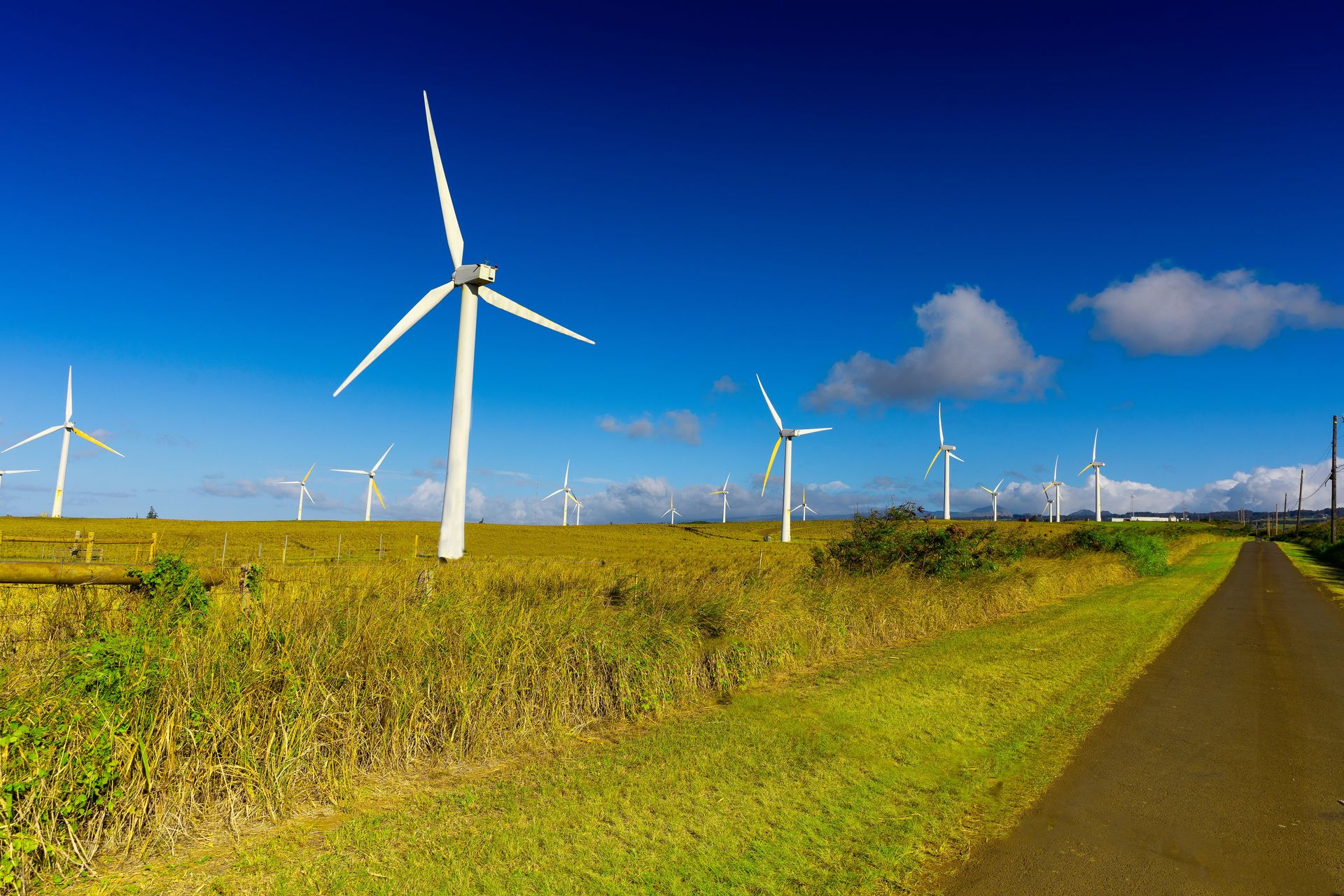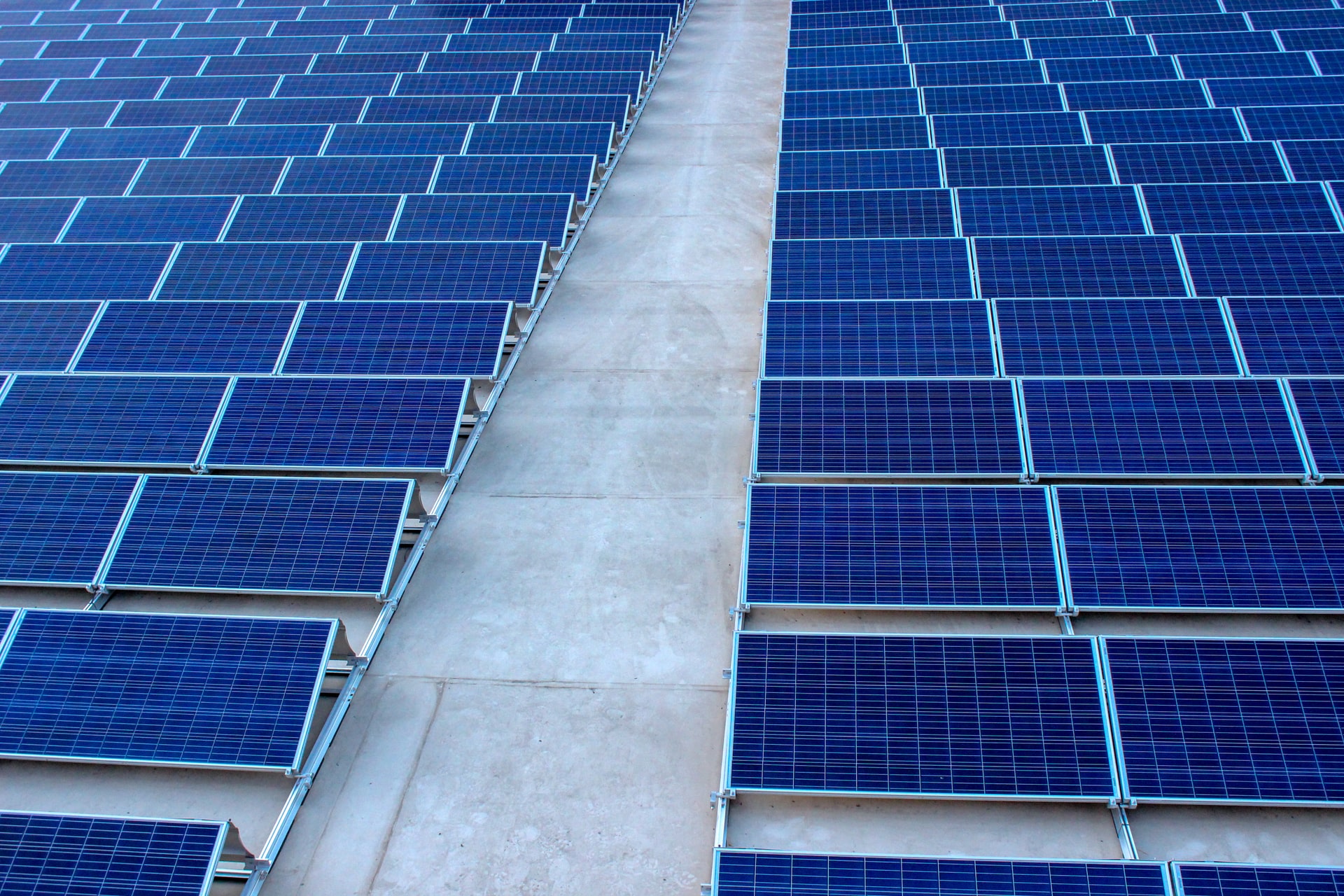Climate change is one of the greatest challenges of our time. The need to reduce CO2 emissions is becoming ever more pressing, both globally and locally. Renewable energies have emerged as an obvious response to this urgency, gradually becoming a cornerstone of national and international strategies to limit global warming. But what is their real impact on reducing the carbon footprint? And above all, how can individuals and communities contribute to this green transition? In this article, we explore these questions and take a practical look at how renewable energies are transforming our relationship with the environment.
Understanding the Carbon Footprint: Measurement and Impact
The carbon footprint refers to the total quantity of carbon dioxide (CO2) and other greenhouse gases emitted directly or indirectly by human activities. It can be calculated on the scale of an individual, a company or an entire nation. This measure takes into account various factors such as energy consumption, transport, the production of goods and services, and even food.
In the Democratic Republic of Congo, the individual carbon footprint is heavily influenced by the use of private electricity generators, often fuelled by diesel, due to irregular access to electricity. In urban areas, these generators are essential, particularly for small businesses and households. Furthermore, the massive use of charcoal and firewood in rural areas for cooking and heating contributes to deforestation and CO2 emissions.
The energy sector in the DRC is divided into two sub-sectors: electricity and fossil fuels. The electricity sub-sector includes the production of energy from hydroelectric dams, such as the Inga dam on the Congo River, as well as small power stations. Although the country's hydroelectric potential is immense, it remains largely under-exploited. The fossil fuel sub-sector, meanwhile, encompasses the use of fuel for generators and vehicles, reinforcing dependence on non-renewable energy sources.

However, this dependence on non-renewable sources, coupled with an underdeveloped national electricity grid, makes energy in the DRC both expensive and unreliable. Faced with these challenges, the transition to renewable energies, such as solar panels, is becoming crucial to reducing the country's carbon footprint while increasing access to clean energy. Local initiatives are beginning to emerge, with solar projects in rural areas aimed at reducing dependence on coal and diesel, laying the foundations for a more sustainable energy future.
The main sectors concerned
In the DRC, the main sectors contributing to carbon emissions include transport, domestic energy consumption (mainly via generators, air conditioners and lighting), and certain light industries. The massive use of generators and air conditioners in urban areas due to frequent power cuts is a significant source of emissions. Although the country is not as industrialized as other parts of the world, every daily action, whether using electrical appliances, consuming petrol for transport or buying imported goods, contributes to the overall carbon footprint.
In this context, renewable energies play a decisive role. Replacing fossil fuel-powered generators with solar systems, or adopting clean energy solutions for air conditioners and other appliances, would reduce individual and collective carbon footprints, while promoting access to more sustainable, environmentally-friendly energy and improving the country's energy resilience.
Overview of the different sources of renewable energy

Renewable energy covers a number of technologies that use inexhaustible or regenerative natural resources. The main sources of green energy are :
- Solar: Solar energy is harnessed via photovoltaic panels, which convert sunlight into electricity. Increasingly popular, this solution is used in homes and businesses around the world.
- Wind power: Wind turbines harness the kinetic energy of the wind to produce electricity. Although demanding in terms of infrastructure, this source of energy is highly efficient in windy regions.
- Hydroelectricity: This method uses the force of water, in particular currents and waterfalls, to generate electricity. In the DRC, with its vast network of rivers, hydroelectricity is a particularly promising source of energy. However, its implementation poses a major challenge. It often takes a long time to get off the ground. Major hydroelectric projects not only require substantial financial investment, but also many years of construction before they are fully operational. Nevertheless, once in place, hydroelectricity offers a stable and sustainable solution for energy production, particularly in a country where access to reliable electricity remains a major issue.
- Biomass: This process involves producing energy using organic matter. It allows waste to be recycled while creating electricity or heat.
- Geothermal energy: Geothermal energy harnesses the heat stored beneath the Earth's surface to produce electricity or heat.
These technologies have the advantage of being clean, sustainable and contributing directly to the reduction of CO2 emissions by replacing fossil energy sources.

The Role of Renewable Energies in Reducing the Carbon Footprint